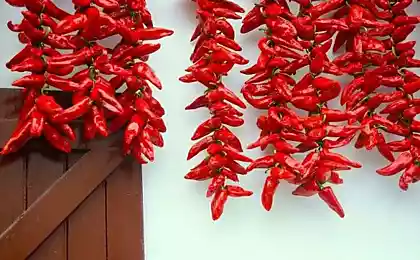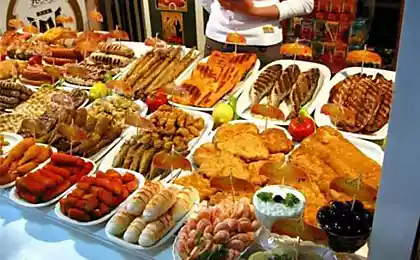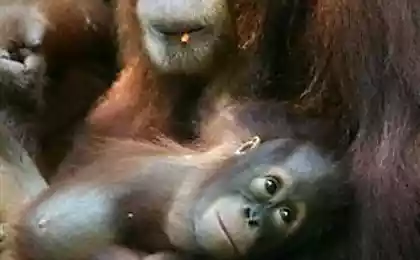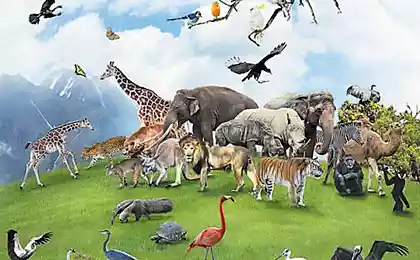1054
"Red List" - a list of endangered species
"Red List" - a list of endangered species compiled by the International Union for Conservation of Nature and Natural Resources, showing an accurate picture of the status of biological species.
Black Rhino. 25% of species are threatened with extinction. Officially recognized by the West African black rhino extinct. West African black rhino was completely wiped out by poachers several years ago.
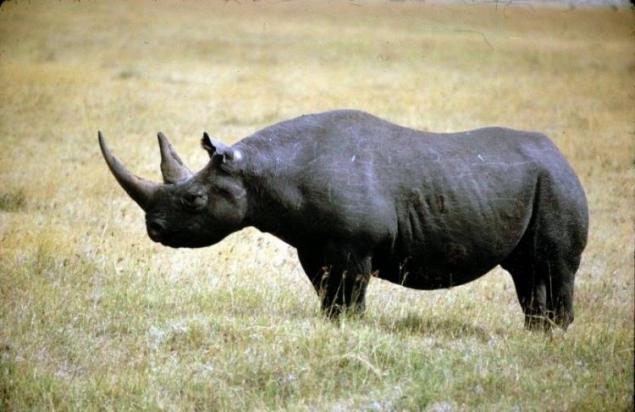
White Rhino, or as it is called, the northern white rhino, is listed as endangered in the wild species. The population of white rhino in Africa is on the verge of extinction. Last individual Javan rhino poachers were killed in Vietnam in 2010. Now the world was only a tiny population of these animals.
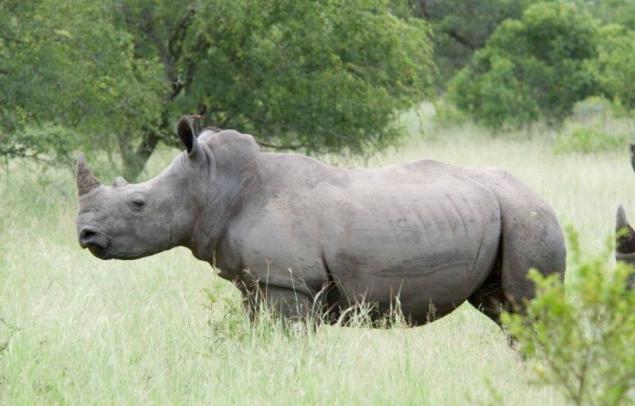
Przewalski's Horse (Equus ferus przewalskii). The number of this species from the endangered category moved into the category of endangered species. After 1996, when the horses were entered in the list of endangered species, due to successful artificial breeding program and reintroduction (the return to the wild), the number of species has increased and now stands at more than 300 individuals

Tarzan chameleon. A significant part of the biosphere, especially on islands and in arid regions, consists of reptiles. According to the IUCN Red List, 40% of the land reptiles of Madagascar are endangered, 22 species - in critical danger. Among them, chameleons, geckos, skinks and snakes. The problem of the conservation of these species by scientists to help plan environmental activities, to create new protected areas. Scientists predict that these areas will help to keep a significant portion of endangered species such as the chameleon Tarzan chameleon with a fancy bow and legless skink.
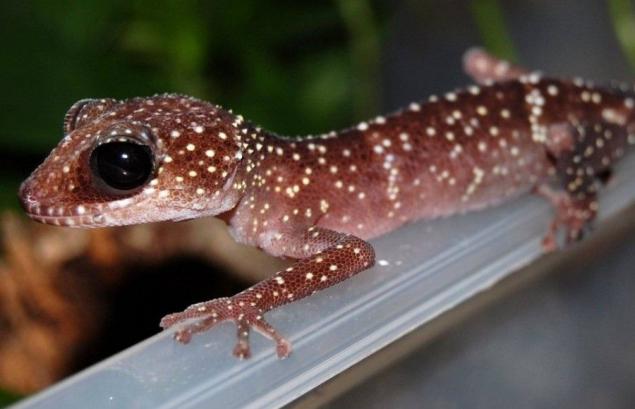
Chinese Water Fir. This species rapidly extinct in the wild due to the reduction of habitat due to intensive agriculture in China. Despite the fact that the plants - a vital resource for human health and wildlife, they are still underrepresented in the conservation lists. The IUCN Red List of Chinese Water Fir presented as an endangered species.

Seychelles Begonia (Begonia seychellensis). 77% of the 79 kinds of colors of the Seychelles are on the verge of extinction. Most tropical plant species are at risk.
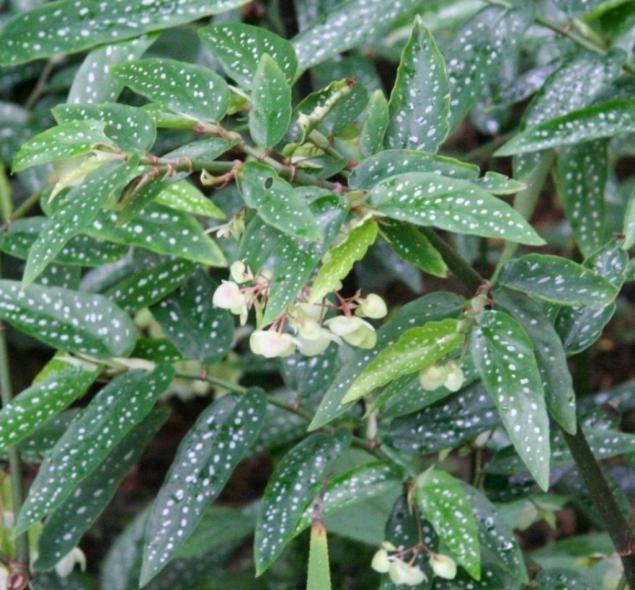
Sea coconut (Coco der Mer). This plant is credited with aphrodisiac properties, it has moved from the list of endangered species on the list of endangered species. One of the causes of extinction of species is the unauthorized collection of fruits, selling them on the black market. Fires also significantly reduce the number of species.
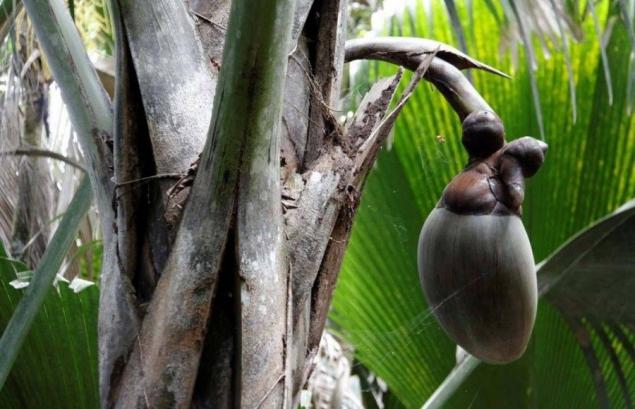
Giant manta-ramp. Recent studies have proved the existence of two types of rays: Manta-reef slope and giant manta-ramp. Today, both species are vulnerable group. The cause of extinction of a species is its high cost in international trade markets. Gill ramp used in traditional Chinese medicine. Giant manta-ramp is the largest of the rays, the scope of fins which can exceed seven meters. According to scientists, only the control and regulation of sales rays will preserve this species in nature.
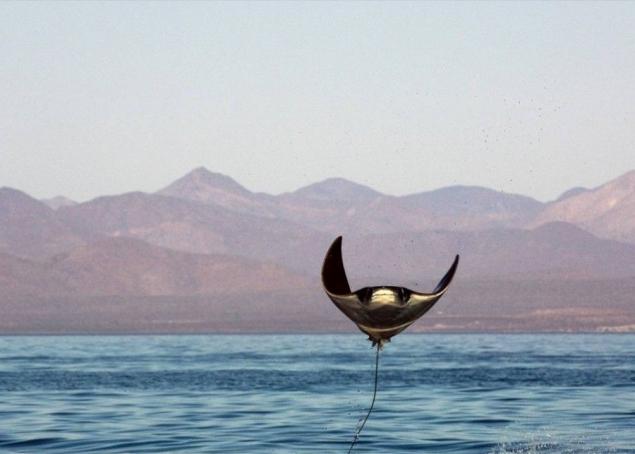
Atlantic bluefin tuna. In the category of endangered species hit 5 of 8 species of tuna. Among the endangered species: the south, the Atlantic tuna Paeony perch, yellowfin tuna and albacore. Many species have high economic value, so the government should make a decision concerning the protection of this species.
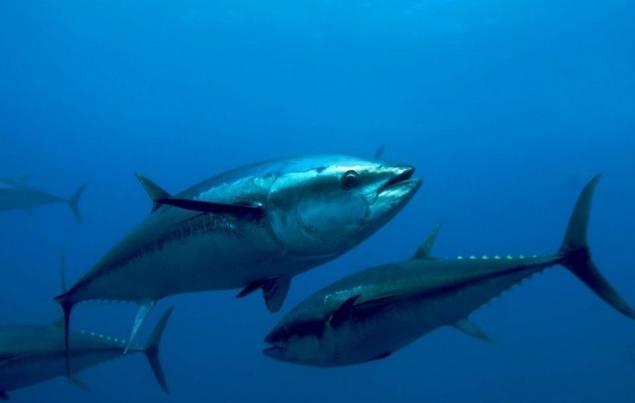
Frog Ranitomeya benedicta. The role of amphibians in the ecosystems and scientific research to create new medicines invaluable. However, the newly discovered 26 species of amphibians are in the IUCN Red List. Among them in the category of vulnerable and poisonous frog Ranitomeya benedicta.
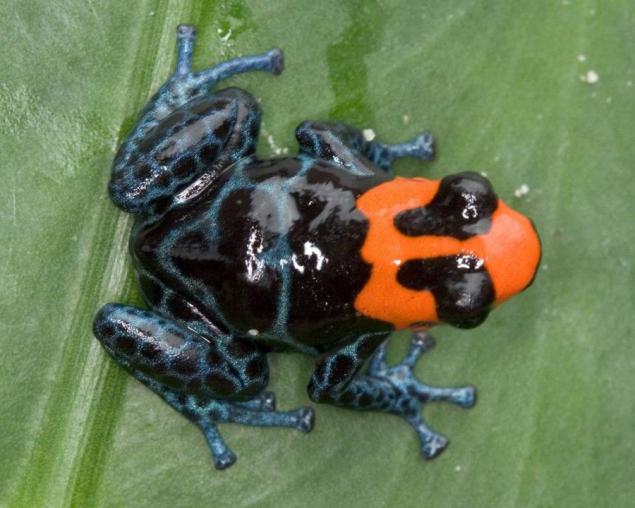
Summer poisonous frog. Due to uncontrolled fishing for international trade and the reduction of this type of habitat are threatened with extinction.

A source
Black Rhino. 25% of species are threatened with extinction. Officially recognized by the West African black rhino extinct. West African black rhino was completely wiped out by poachers several years ago.

White Rhino, or as it is called, the northern white rhino, is listed as endangered in the wild species. The population of white rhino in Africa is on the verge of extinction. Last individual Javan rhino poachers were killed in Vietnam in 2010. Now the world was only a tiny population of these animals.

Przewalski's Horse (Equus ferus przewalskii). The number of this species from the endangered category moved into the category of endangered species. After 1996, when the horses were entered in the list of endangered species, due to successful artificial breeding program and reintroduction (the return to the wild), the number of species has increased and now stands at more than 300 individuals

Tarzan chameleon. A significant part of the biosphere, especially on islands and in arid regions, consists of reptiles. According to the IUCN Red List, 40% of the land reptiles of Madagascar are endangered, 22 species - in critical danger. Among them, chameleons, geckos, skinks and snakes. The problem of the conservation of these species by scientists to help plan environmental activities, to create new protected areas. Scientists predict that these areas will help to keep a significant portion of endangered species such as the chameleon Tarzan chameleon with a fancy bow and legless skink.

Chinese Water Fir. This species rapidly extinct in the wild due to the reduction of habitat due to intensive agriculture in China. Despite the fact that the plants - a vital resource for human health and wildlife, they are still underrepresented in the conservation lists. The IUCN Red List of Chinese Water Fir presented as an endangered species.

Seychelles Begonia (Begonia seychellensis). 77% of the 79 kinds of colors of the Seychelles are on the verge of extinction. Most tropical plant species are at risk.

Sea coconut (Coco der Mer). This plant is credited with aphrodisiac properties, it has moved from the list of endangered species on the list of endangered species. One of the causes of extinction of species is the unauthorized collection of fruits, selling them on the black market. Fires also significantly reduce the number of species.

Giant manta-ramp. Recent studies have proved the existence of two types of rays: Manta-reef slope and giant manta-ramp. Today, both species are vulnerable group. The cause of extinction of a species is its high cost in international trade markets. Gill ramp used in traditional Chinese medicine. Giant manta-ramp is the largest of the rays, the scope of fins which can exceed seven meters. According to scientists, only the control and regulation of sales rays will preserve this species in nature.

Atlantic bluefin tuna. In the category of endangered species hit 5 of 8 species of tuna. Among the endangered species: the south, the Atlantic tuna Paeony perch, yellowfin tuna and albacore. Many species have high economic value, so the government should make a decision concerning the protection of this species.

Frog Ranitomeya benedicta. The role of amphibians in the ecosystems and scientific research to create new medicines invaluable. However, the newly discovered 26 species of amphibians are in the IUCN Red List. Among them in the category of vulnerable and poisonous frog Ranitomeya benedicta.

Summer poisonous frog. Due to uncontrolled fishing for international trade and the reduction of this type of habitat are threatened with extinction.

A source



